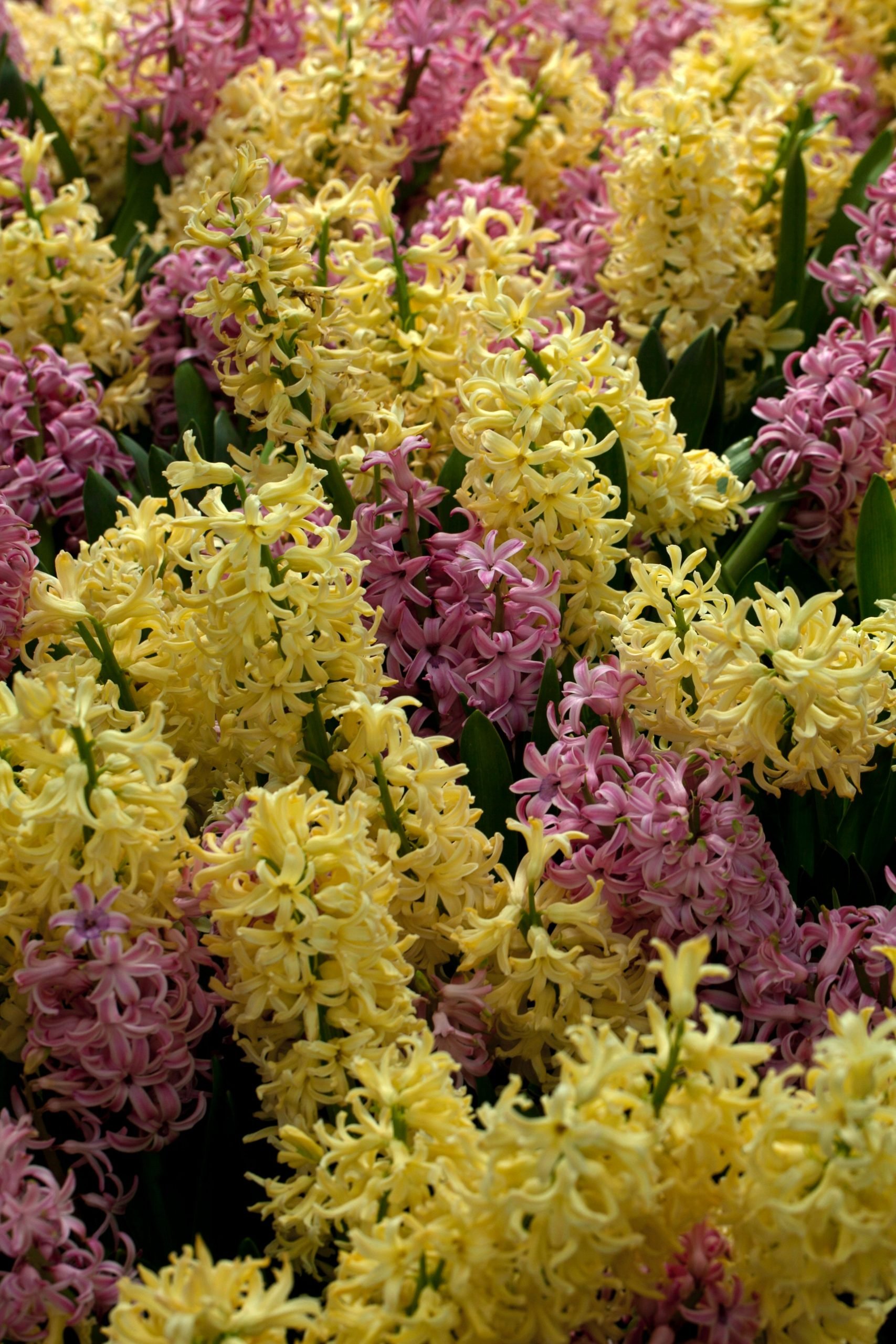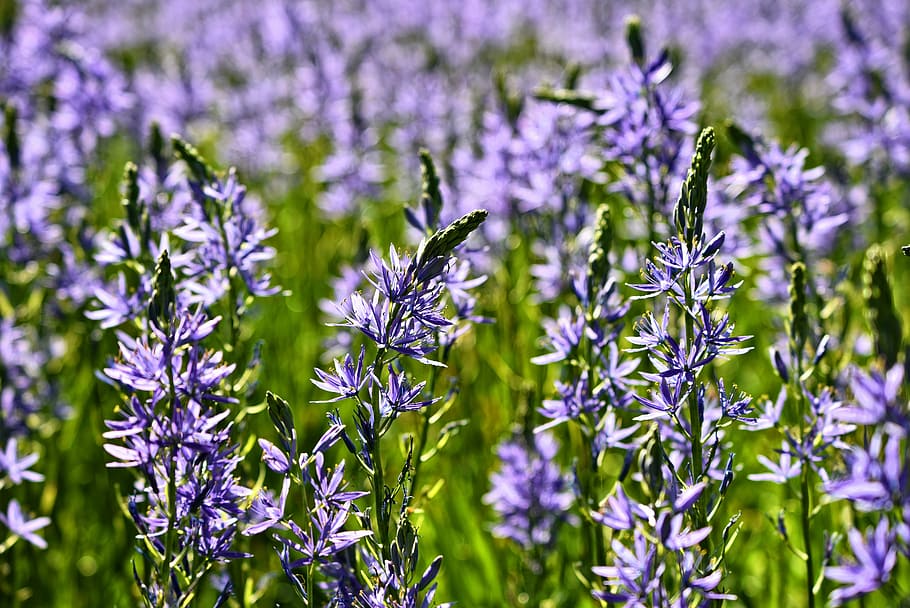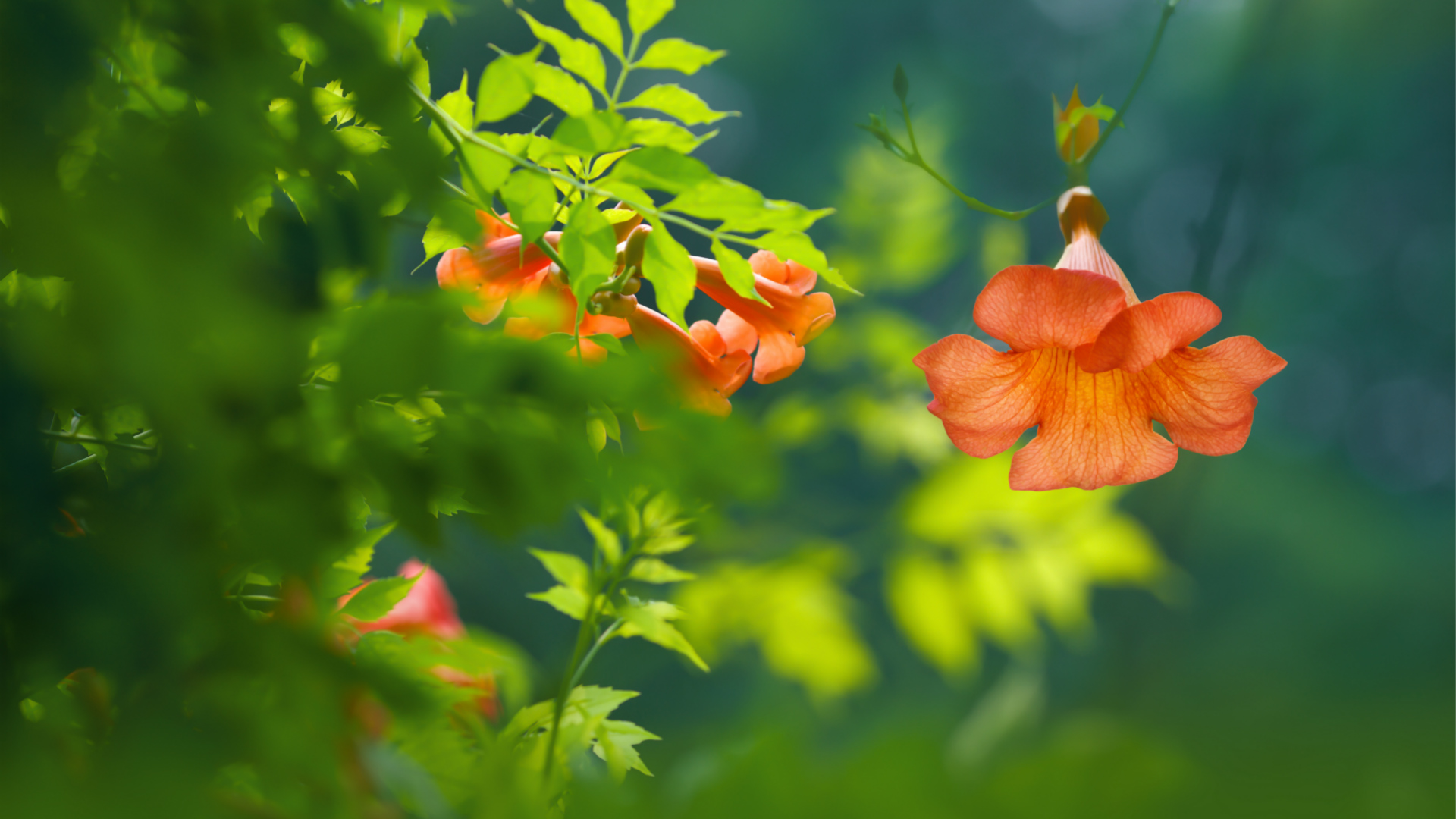9 Tips to Grow and Care Oregano Plant Effectively for Beginners
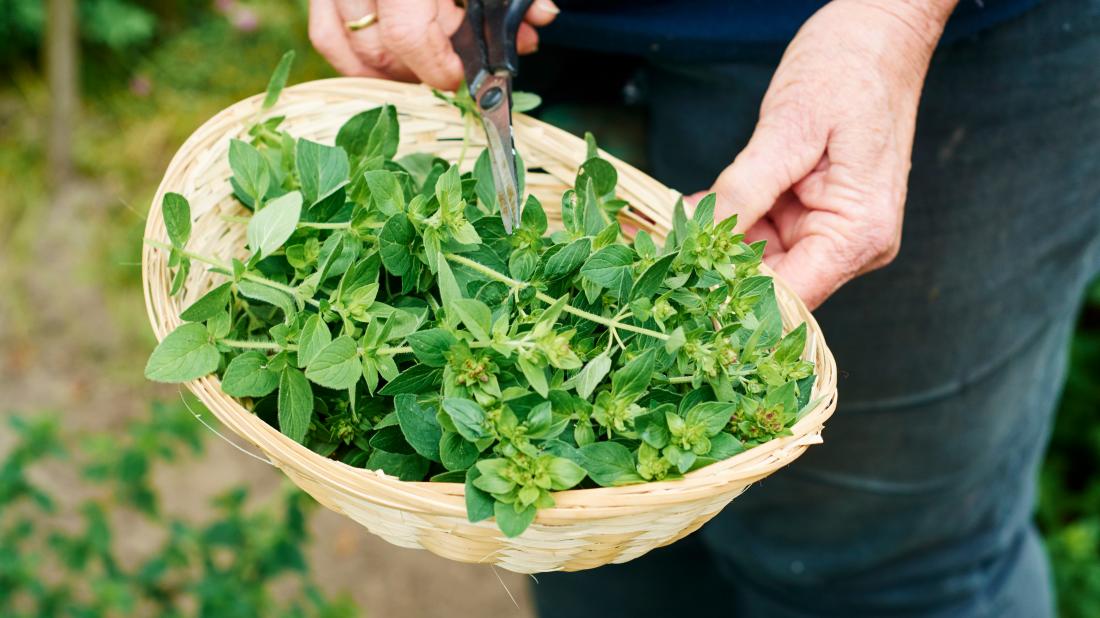
Table of Contents
Are you new to gardening and want to learn how to grow an Oregano plant in your garden?
Oregano, a medicinal herbal plant, is traditionally grown in many culinary gardens, majorly because of its medicinal as well as flavouring characteristics. Firstly originating in the Greek countryside, it is now spread worldwide since it enhances the taste of many different cuisines and dishes due to its aromatic, salty, and slightly bitter qualities.
Growing and caring for Oregano is relatively easier than other herbs. Oregano can grow well both indoors and outdoors, making it a perfect addition to your home decor or your garden. In this guide, we will cover the essential steps to grow and care for Oregano, including choosing the optimum location, soil quality, watering, fertilization requirements, and so on.
If you have pets, be mindful of where you grow your Oregano, as it’s toxic to pets and can harm them.
Tips to Grow Oregano Effectively
1. The Right Time to Plant Oregano
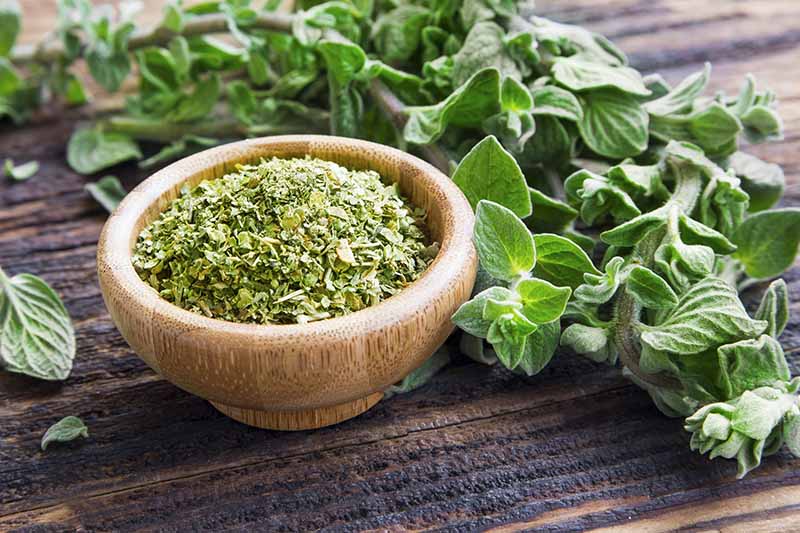
You can grow Oregano from the two methods. First, from a healthy seed of the existing plant. In this case, you need to cut the seeds of the existing plant and plant it outside at least six weeks before the last frost has happened.
Secondly, if you’re thinking of growing Oregano from a sapling or a small plant, it’s recommended to measure the ground temperature before planting the sapling. Oregano plant ideally grows well when the ground temperature is at least 70 degrees Fahrenheit. Moreover, growing Oregano indoors is also a safe option to consider. The only thing to remember is Oregano needs abundant light and warmth for healthy growth.
Oregano is susceptible to the threat of frosting; hence it’s recommended to plant Oregano in the spring season when it can produce yields at a higher rate and are almost readily available to be cooked.
2. Choosing the Right Planting Site
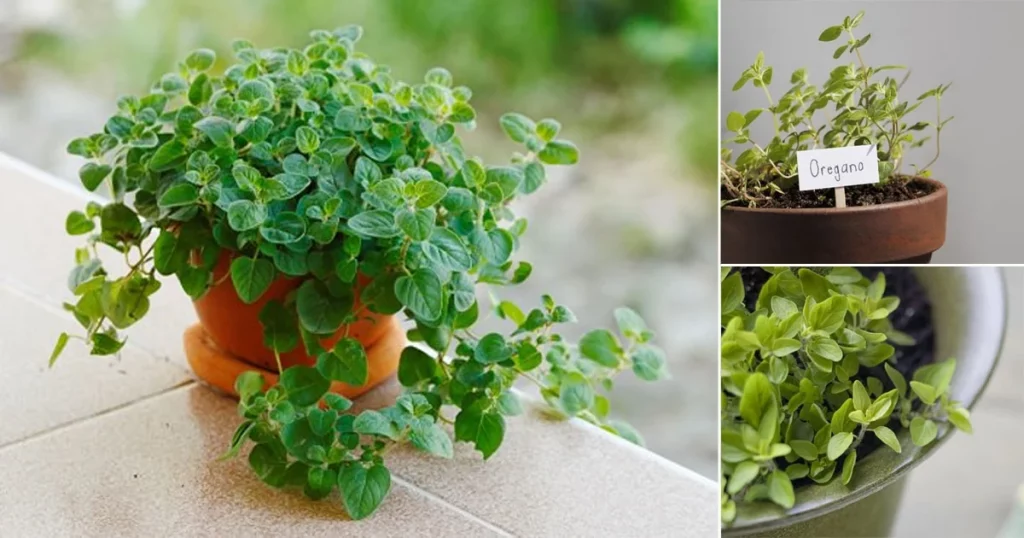
When growing Oregano, at the start, it may seem like it’s a small plant that is always clinging to the ground. However, Oregano doesn’t take much time to reach 2 feet of height in around 45 days. Oregano grows optimally in sunlight, where the soil can be well drained and retains moisture.
It’s a suitable plant to grow where the soil is not very rich in nutrients because rich soil can dilute the taste of the herb. Oregano seems like the best option, where the soil is not very rich and where other plants struggle to grow. Just ensure other tall plantations in your garden do not mask the sunlight coming to your newly planted Oregano plant.
3. Companion Planting
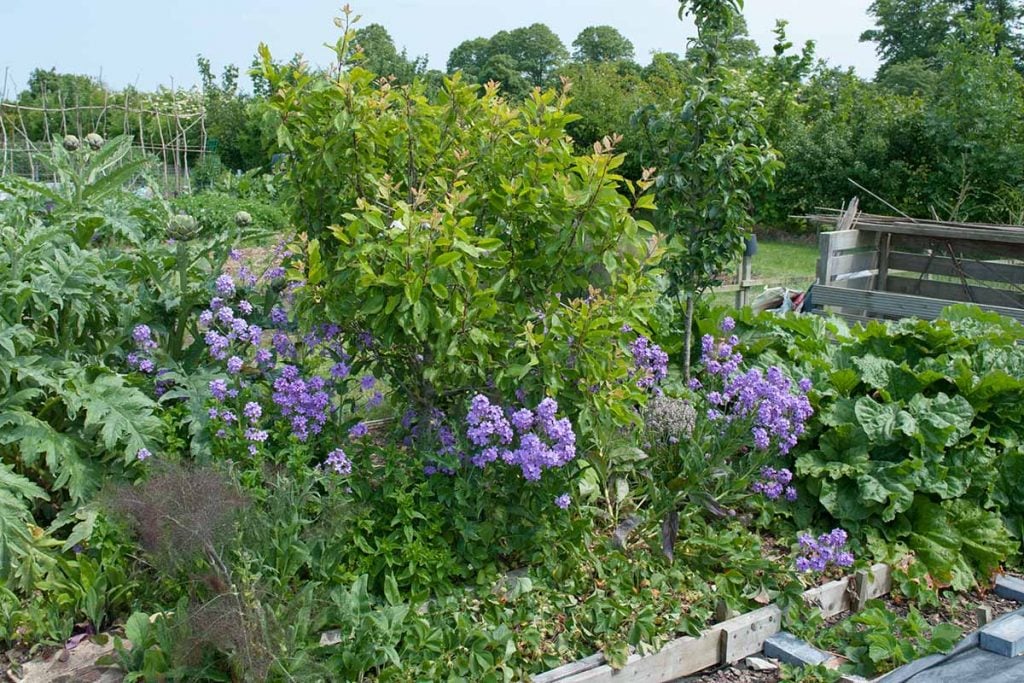
Oregano is a great companion plant since it is compatible with most plants growing beside it. The only condition is its quota of warmth and sunlight shouldn’t get affected. One such best combination is tomato and Oregano. Why? Because Oregano plants keep the aphids away, which is detrimental to tomato plants. In fact, aphids love Oregano; however, Oregano also attracts flower flies which can cause either aphid to go away.
Another such combination is pepper. The thickness of the Oregano plant supports the growth of pepper by providing adequate humidity to the pepper. Moreover, the aroma of Oregano also provides safety to the peppers and plants from unwanted pests and insects.
4. Soil Composition
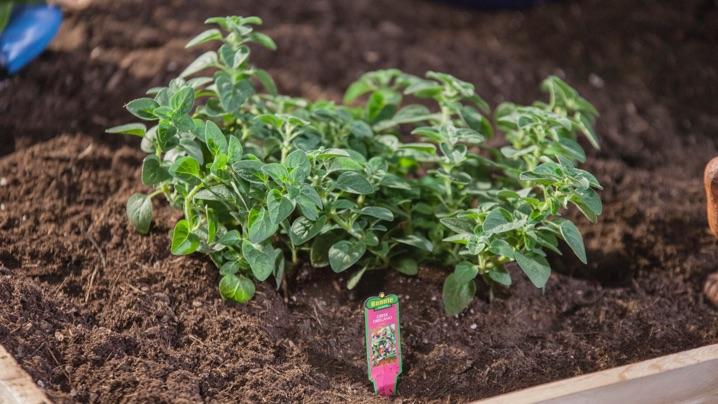
Oregano is one of the unique plants that doesn’t require very rich soil, i.e., nutrient-rich, well-fertilized, etc. Moreover, rich soil can be detrimental to the growth of your Oregano plant. As we discussed above, Oregano is best grown in sandy soil because it’s well-drained and doesn’t hold much moisture. The most appropriate soil for Oregano is dry, light, and also slightly acidic on the pH scale.
Oregano plant also needs little to no fertilization. So there will be no additional cost for you to grow Oregano. Even by providing minimum care, you can enjoy the aroma of Oregano in your garden and also have enough harvest that can be difficult to manage.
5. Water Requirements
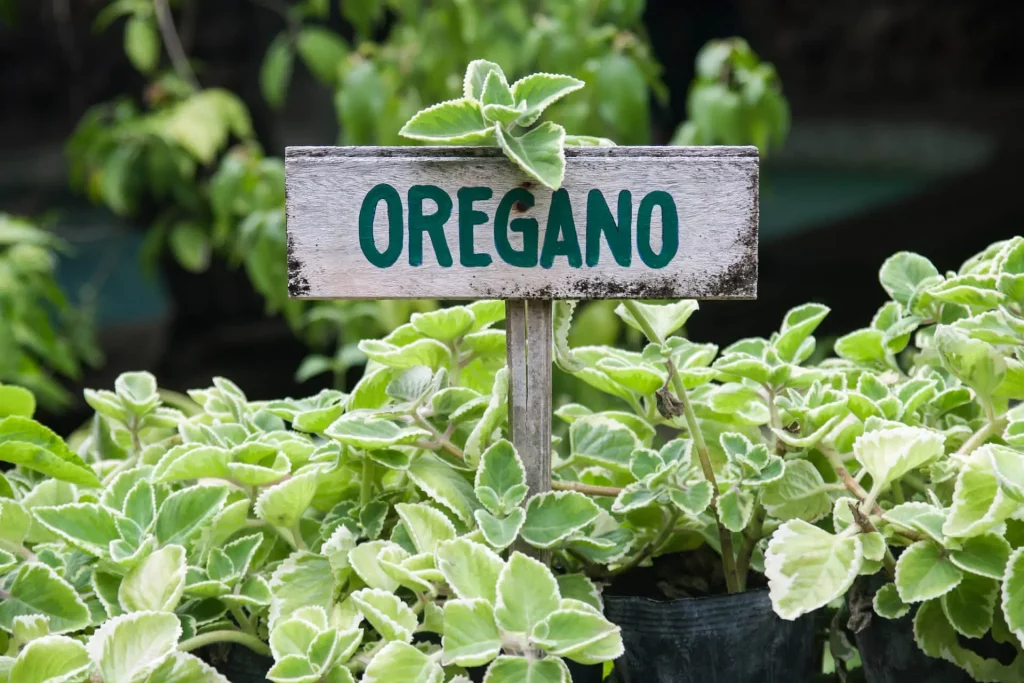
It only needs one inch of rain per week, making Oregano largely drought resistant and thus requires very less water to sustain and grow. Since they require less water, it’s crucial not to overwater them, and it’s advisable only to provide water when the soil is dry to the touch. Just a little bit of moisture in the soil is enough for consistent growth.
Overwatering will lead to the roots getting rotten, which will hinder the growth of the plant and cause other problems. Being drought tolerant, it doesn’t require much water when grown in the ground. However, when grown in the pot, especially in summer, consistent watering is required because the compost will dry out relatively quickly. Moreover, pots should have drainage holes so that the soil doesn’t hold moisture for long; otherwise, there is a risk of the roots getting rotten.
6. Pollination and Fertilisation
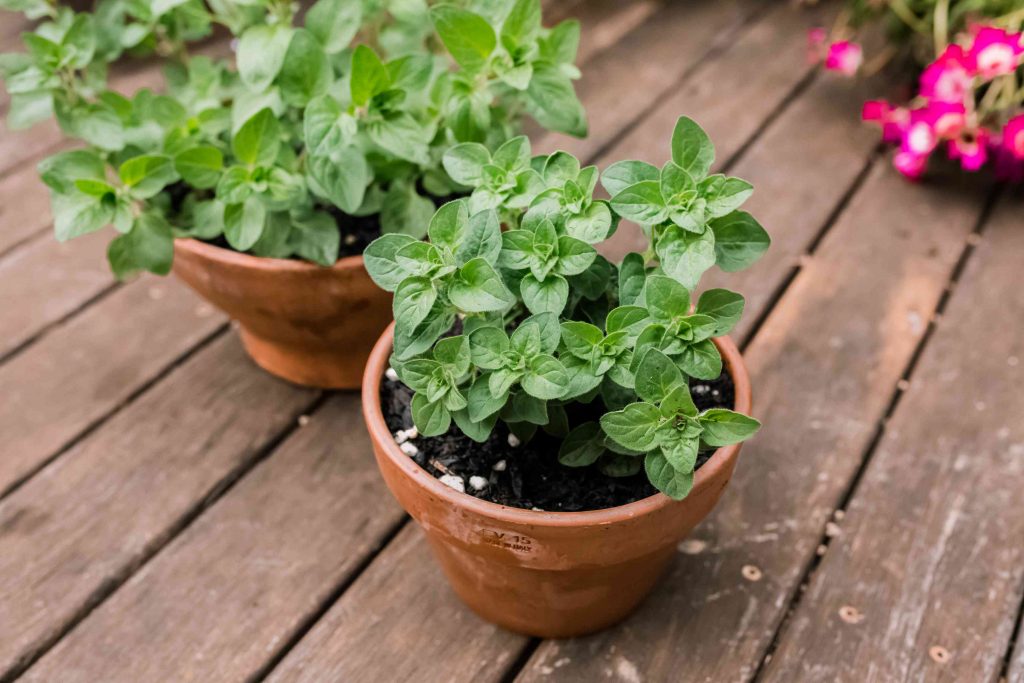
We have already established that Oregano is the least maintenance-demanding plant, and it doesn’t require much fertilization for its growth. However, you can add Nitrogen fertilizer to the soil as it is known to elevate the flavours. But be mindful that too much fertilization can make the soil nutrient-rich, which is again detrimental to growing Oregano plants.
Coming to pollination, Oregano plants, with their sensational aroma, capture the attention of many pollinators like bees, butterflies, etc. These pollinators help in the reproduction of the plant, causing the plant seeds to multiply.
7. Need for Sunlight
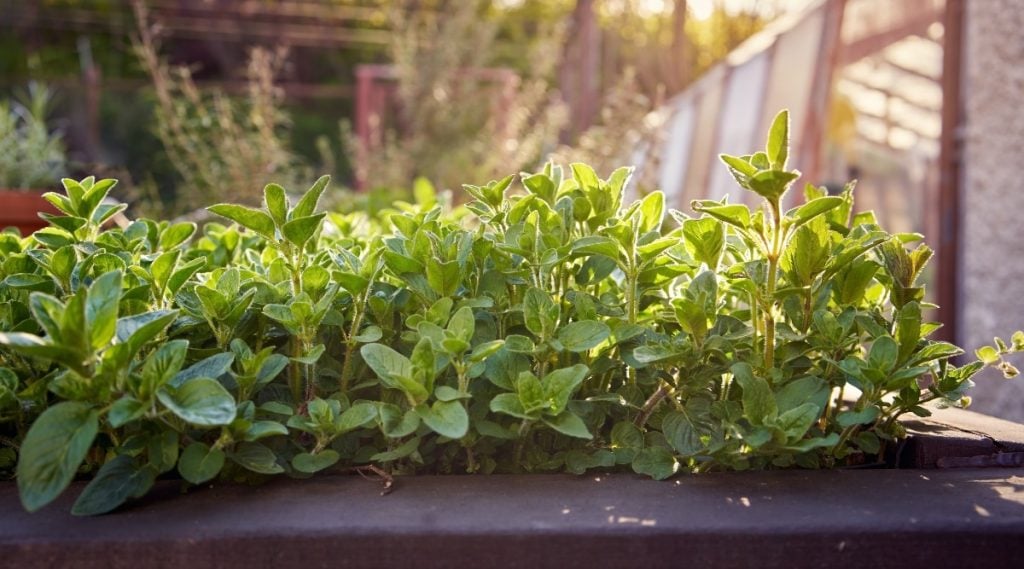
This is probably the only thing Oregano requires in abundance, that is, direct sunlight for around 6 hours a day. Most varieties of Oregano follow this need for Sunlight. However, there are some varieties, like Golden Oregano, that require just a little shade of sunlight; otherwise, the leaves of this plant get severely scorched.
Ensuring more sunlight to the Oregano plant will also ensure appropriate flavouring and taste when harvesting. If you are planning to plant Oregano indoors, make sure that you put it in a place where there is adequate sunlight and heat received by the plant.
8. Mulching
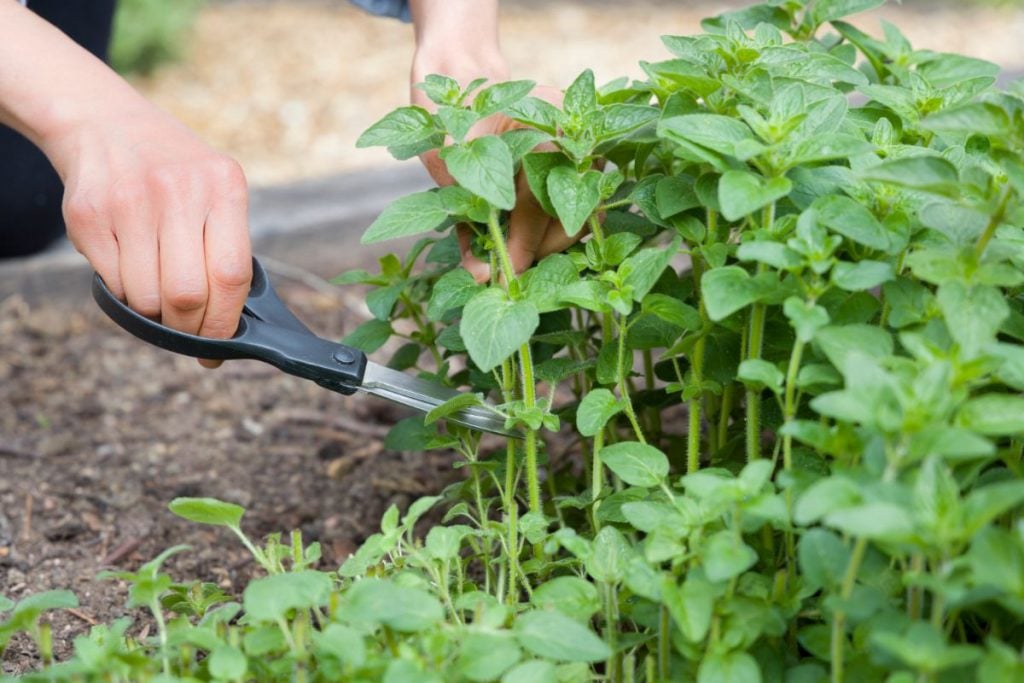
Mulching is the method of covering the soil with organic(shredded leaves, grass clippings) or inorganic materials(stone, rocks, geotextiles) to help the plant retain crucial moisture, discourage the production of weeds, and most importantly, help the plant regulate its optimum temperature.
When it comes to the Oregano plant, mulch should be applied in winter to protect the plant from frost. To get started, aim to cover the soil of around 3-4 inches with mulch to help the plant in regulating the temperature.
9. Winter Protection
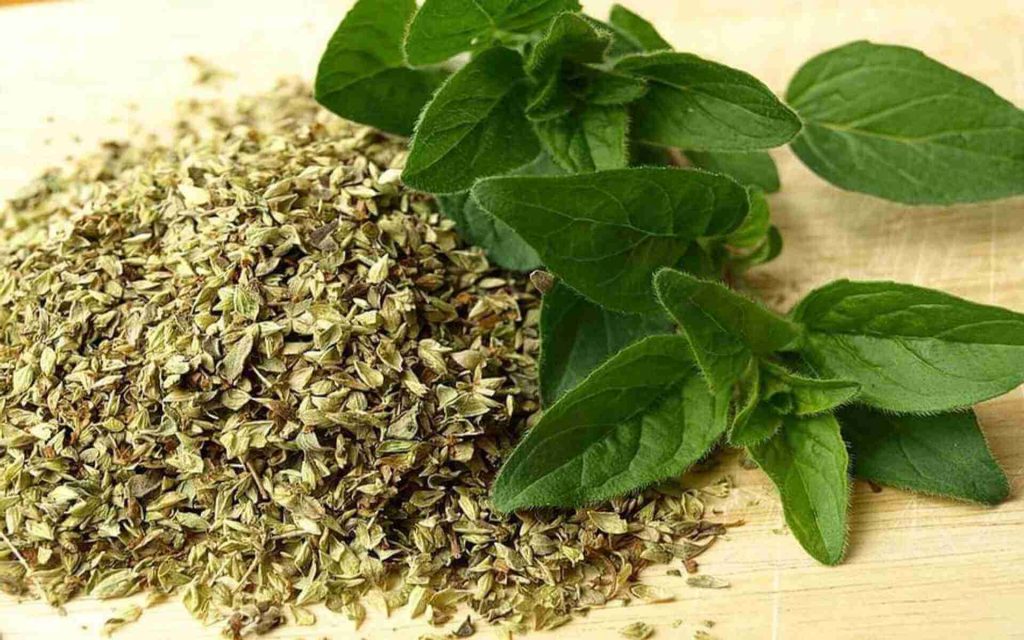
Although most varieties of Oregano don’t require any protection unless your area comes in zone 4 and is colder, during nail-biting winters, it’s recommended to cut the stems of the plant after the frost has broken down the foliage.
Only leave a short cluster of stems to protect the root ball. Combining this with adequate mulching, your Oregano plant will be protected in winter. Just please remember to remove the layer of mulch before the spring comes in full swing or when the snow starts to melt.
Ready to Plant Oregano in Your Garden?
Oregano is a hardy herb that requires minimal maintenance and offers countless benefits, i.e., medicinal benefits, acting as the flavouring agent in recipes, and being used in different aromas to keep the environment fresh. Moreover, there is no hard and fast rule regarding where you should grow the plant. Be it indoors or outdoors; you just need to remember the above takeaways and see your Oregano plant flourish in no time. However, be mindful of the varieties that you choose.
Taking precautions when frost is about to come on the plant by applying mulch is a crucial step that you cannot miss out on if you want to enjoy the Oregano plant for a longer period.
Oregano, wherever you plant it, will brighten up your garden or home with its majestic presence.
Frequently Asked Questions (FAQs)
Is Oregano a Hard Herb to Grow for Beginners?
Oregano is one such herb that requires minimal care and maintenance. The cost of growing Oregano is also on the lower side since it barely requires any fertilizers. On top of that, the benefits it offers are countless. All these factors combined make it a very beginner-friendly herb to grow that doesn’t require much experience in gardening.
How Long Does It Take for Oregano to Mature and Grow?
The oregano plant grows quickly and doesn’t keep you waiting for long before you enjoy this herb. After sowing the seeds of this herb, the Oregano plant takes about 45 days to reach a maturity level, where you can easily harvest it. However, the peak maturity of the plant comes much later, i.e., almost after 80-90 days of sowing.
Why Is There No Flavour of Oregano in My Recipes?
There might be innumerable reasons why your Oregano is not adding flavour to your recipe. Some of them include using low-quality Oregano, the quantity used being way too less to have any significant impact, or maybe you are not storing it properly. Oregano should be stored in a cool and dry place.

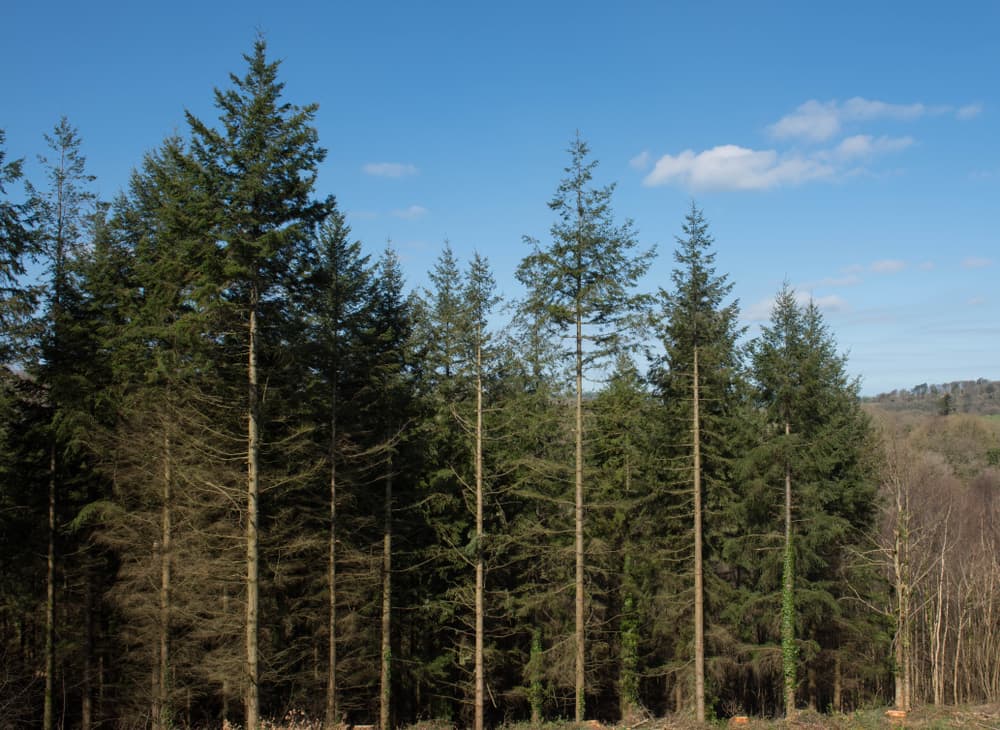
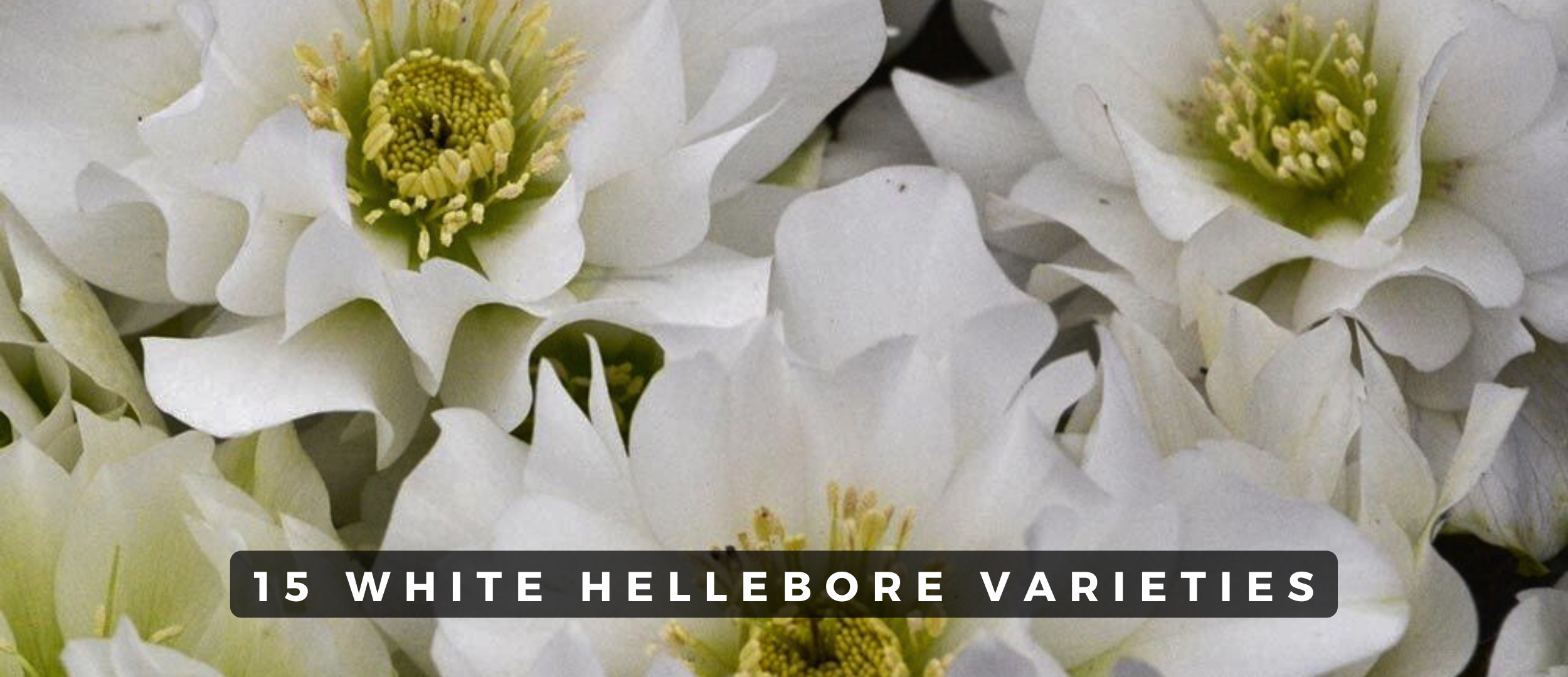
![How to Grow and Prune Lavender [Winter Care Tips]](https://www.thearches.co.uk/wp-content/uploads/Lavender-Winter-Care-Guidelines.jpg)
